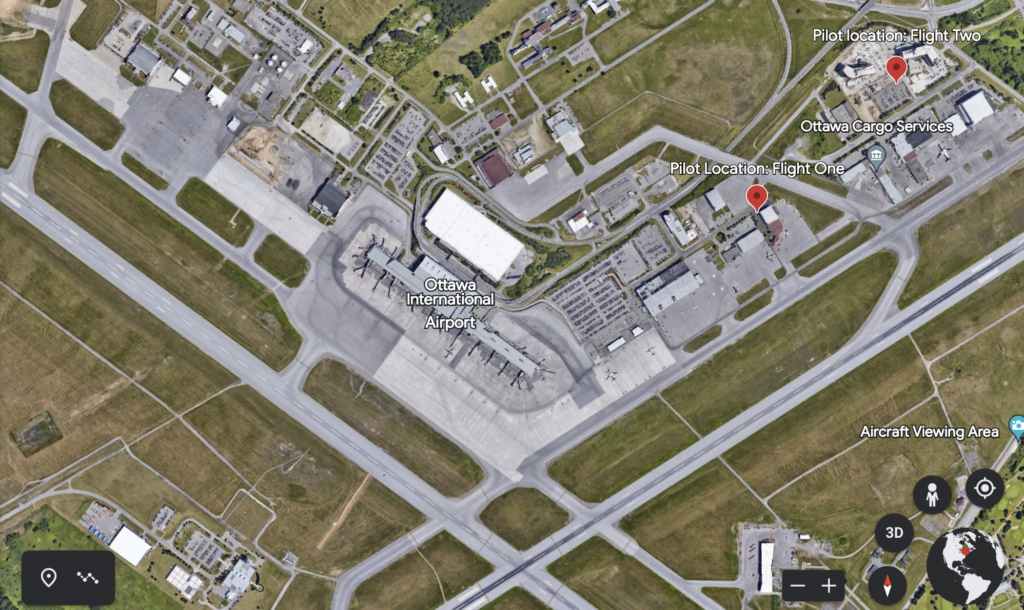js47
Well-Known Member
In the EU and UK you need to be able to keep sight of the drone + it must be no more than 500m distance from the pilot.
On that note, I'm very concerned about those guys that fly above 400ft which I think is far more dangerous than low altitude BVLOS.Maybe no one you know, but there are lots of people who do because they don’t want to put a manned flight at risk.
Chris
There have been times when I have been out flying and hiking in a rural area and have seen a helicopter and an ultralight plane flying at below 120m (400ft) and have been thankful I was in VLOS.On that note, I'm very concerned about those guys that fly above 400ft which I think is far more dangerous than low altitude BVLOS.
Indeed. I have not looked up the US rules about low altitude flying for manned aircraft however US and Canadian rules tend to be very similar. Canadian Aviation Regulations (602.14) states a minimum 1,000 feet above the highest obstacles. Exceptions are possible of course such as fire fighting and search and rescue etc. On this note, check your NOTAMs before flying !!!There have been times when I have been out flying and hiking in a rural area and have seen a helicopter and an ultralight plane flying at below 120m (400ft) and have been thankful I was in VLOS.
This is one of those forum topics where there are strong feelings on both sides of the issue and it frequently comes up on the forum.
Chris
Not quite. The requirement to abide by the rules of a CBO are only one part of "49 USC 44809: Exception for limited recreational operations of unmanned aircraft."Agreed, we have our own "rules" and it is covered by CBO.
How does the PIC ensure that the visual observer is able to see the unmanned aircraft throughout the entire flight as in 107.31 (a). "Ensure" being the operative word.
And I also have a sense of humor albeit sometime twisted without being too rhadamanthine about it.IMO, you're being excessively pedantic about it.
"Ensure" is easily accomplished. Simply find someone you trust. It's not that hard.
So if your old and your LOS is like 15Ft what then? Small back yard only I guess? Like this one.The differences between "Visible Line Of Sight" and "Visible RPA at all Times" can be challenged in court.
Visible in LOS is different for each of us.
I'm not arguing here but just stating an observation.

That's exactly my point.So if your old and your LOS is like 15Ft what then?


VLOS is a moving target (no pun intended). It varies with age and other circumstances.To expand on your comment: You can see many videos on YOUTUBE that show Drones flying well beyond VLOS! These people are playing fire!
I read his article blog and IMHO, he's leading micro RPA pilots down a dark path.Although, not recommended and you don’t put manned aircraft or people’s safety at risk you can fly BVLOS and above 120m (~400ft) with a micro drone (sub 250g) in Canada.
Here is an excellent article that deals with micro drones but also has info regarding other drone classifications in Canada.
Chris

 indrorobotics.ca
indrorobotics.ca
So if your old and your LOS is like 15Ft what then? Small back yard only I guess? Like this one.
Sounds Like FUN!!!
View attachment 180015

I read his article blog and IMHO, he's leading micro RPA pilots down a dark path.
Namely what he states that you can do (which is patently false):
Fly higher than 122m (400ft)
Fly in controlled airspace (Class C, D, E, Advisory F (CYA), and Uncontrolled G)
Fly within 3NM of an airport
Fly closer than 30M horizontally from bystanders and overhead
Fly without passing a basic or advanced exam
Fly above or near advertised events
Fly outside visual line of sight
Especially: Controlled or Restricted Airspace
901.14 (1) Subject to subsection 901.71(1), no pilot shall operate a remotely piloted aircraft in controlled
airspace.
(2) No pilot shall operate a remotely piloted aircraft in Class F Special Use Restricted Airspace, as specified in the Designated Airspace Handbook, unless authorized to do so by the person specified for that purpose in that standard.
Flying any size drone in Controlled or Restricted Airspace will be considered reckless or negligent under CAR 900.06 and the RCMP will be on you faster than you can imagine. Same hold true but to a lessor degree for most of the others except the exam requirement (which BTW, should be mandatory for all size RPA's).

Drone pilot fined $3021 for incursion at YOW - InDro Robotics
A drone pilot who flew without authorisation next to the Ottawa International Airport (YOW) has been fined $3021 by Transport Canada.indrorobotics.ca
I did not get that impression from the article. In fact, I think he is doing the opposite - he is educating current and prospective micro drone pilots. He outlines what you can do, what you can do but safely, what you should probably do, and what you can't do with regard to micro drones in Canada. I personally think this is a good article since many people who buy a micro drone in Canada are not going to be on the Transport Canada website researching drone laws or consulting CARs (Canadian Aviation Regulations) and it clears up some of the confusion surrounding the regulations governing micro drones in Canada.he's leading micro RPA pilots down a dark path
I have one of these cool small drones. And for me VLOS is even less!
We use essential cookies to make this site work, and optional cookies to enhance your experience.


